In many times of history, the importance of Ventspils port far surpassed what its population numbers could have suggested.
Ventspils within German duchies (1314-1795)
Originally chartered in 1314 it was an important mercantile city of the German Hanseatic League. At the time Livonian Order was the ruling power, having built a castle in Ventspils center. Germans used to call the city “Windau”.
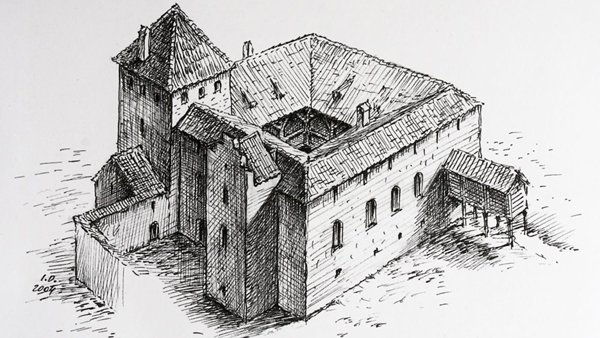
In 1565 the Order secularized becoming the Duchy of Courland and Semigallia. Ventspils importance remained however as the Duchy relied greatly on its naval power, attempting to establish colonies in America and Africa. Ventspils was the Duchy’s primary port and many ships have left in the 17th century on colonial adventures. The local shipyards not only constructed the Courland-Semigallian navy but also built ships for sale to Western Europe.
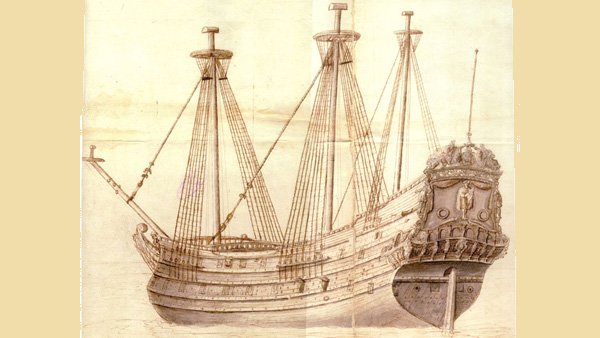
That old Ventspils has been devastated by 18th-century wars and plague, however. The importance of Courland-Semigallia itself dwindled until it was annexed by Russia in 1795.
Ventspils in the Russian Empire (1795-1918)
The new overlords Russians saw no use for Ventspils port for a long time. By 1863 Ventspils had merely 4000 inhabitants, some 50% of them the descendants of Courland-Semigallia’s German elite.
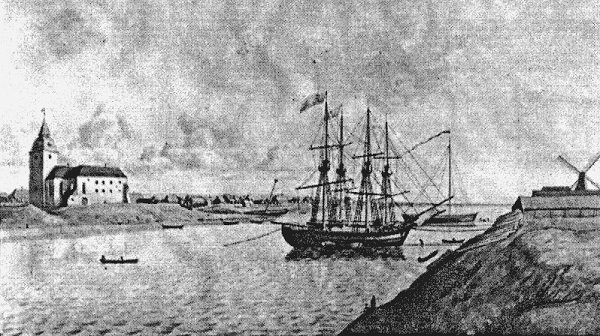
The tides of fortune turned again in the 1890s, as the railway from Riga reached Ventspils, allowing the port to be used to export goods from the entire Russian Empire. An era of rapid expansion followed, during which the city grew to 29000 inhabitants as it needed to staff the swiftly growing port.
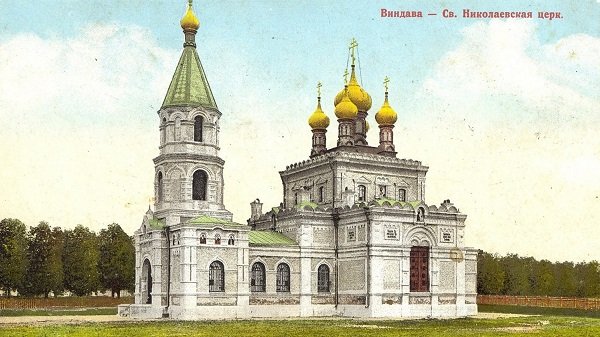
Nearly all the newcomers were Latvians from surrounding villages. Such massive migration greatly altered the ethnic composition of the city, making Ventspils Latvian majority (58%) for the first time in history by 1897.
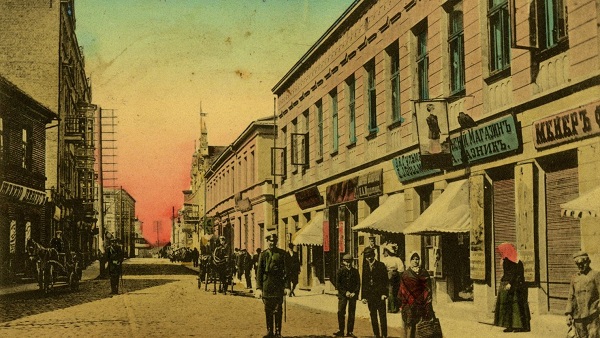
Much of the large buildings that still adorn Ventspils Old Town have been constructed in 1890s-1910s. The old city limits were not enough, however: to accommodate the new workers a new district of Ostgals has been constructed west of Old Town, while in the southwest a suburb of pretty wooden villas was developed near the beach.
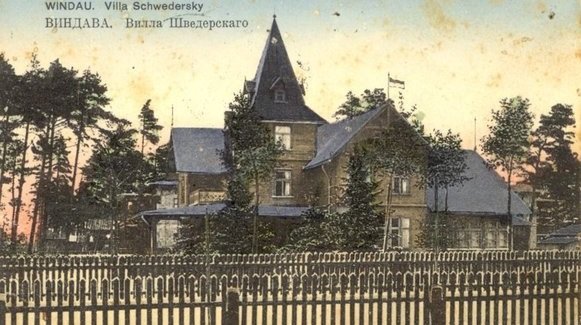
Ventspils in free interwar Latvia (1918-1940)
After Latvia became independent (1918) Ventspils continued to be one of the most ethnically Latvian cities. By 1935 some 84% of its population were Latvians (Germans – ~7%). However, independent Latvia may have had too many ports for what was a rather small country. With less need for freight shipping the number of Ventspils inhabitants declined to 16000.
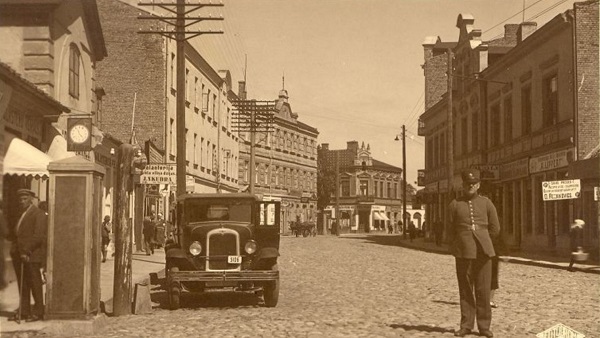
Ventspils under Soviet occupaton (1940-1990)
In 1940 Ventspils was overrun by Soviet Union forces, only to be taken by Germans in 1941. Interestingly, by the time Berlin fell in 1945, German troops still held Ventspils, sparing the city from destruction associated with Soviet reconquest. After German surrender Soviets received the city peacefully.
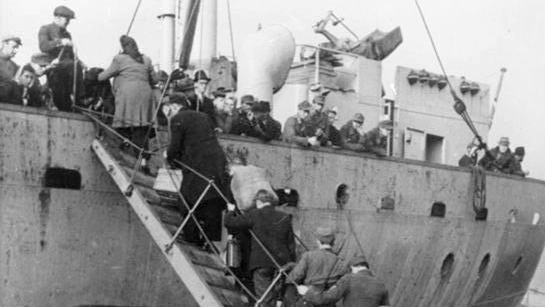
The main use Soviets had for Ventspils port was that of oil export. They also established a major radar installation in the suburbs. Nearly all ethnic Germans and many Latvians were deported, but thousands of Russians were moved in, growing Ventspils population to 27000 by 1959 (60,4% Latvians) and 51000 by 1989. New concrete slab districts have been constructed in the south to accommodate the new settlers. By 1989 Latvians made up merely 43% of the population and the city was predominantly Russian-speaking.
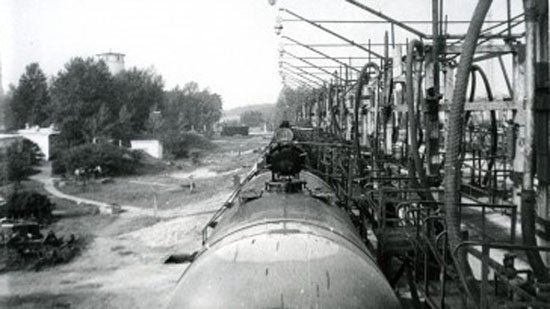
Ventspils in restored Latvia (1990-)
After Latvia regained independence (1990) Ventspils became its success story. One of the richest cities, it is also extremely stable politically (having had the same mayor since 1988). The port became one of the most important in the Baltic Sea. Vast resources and ideas have been unleashed in order to bring tourists into Ventspils, ranging from a local “tourist currency” publicity stunt to creating an artificial hill for skiing.

As many Russians left after independence, the Latvian share of population rebounded from its nadir and now stays at 56%.
